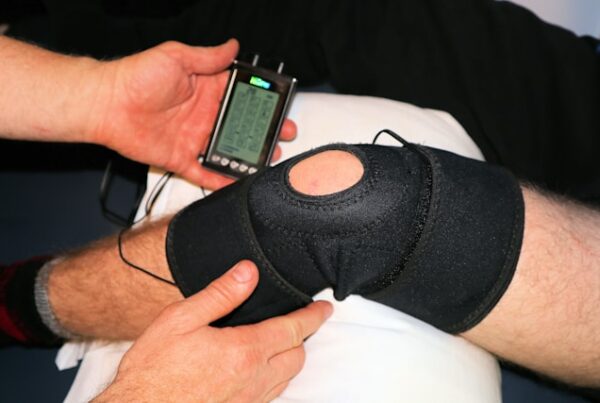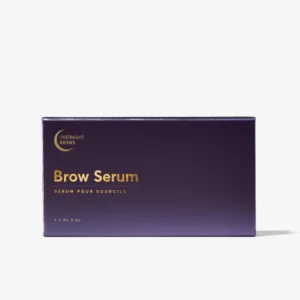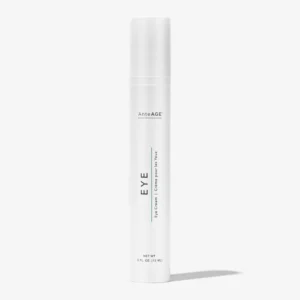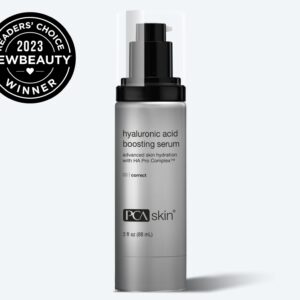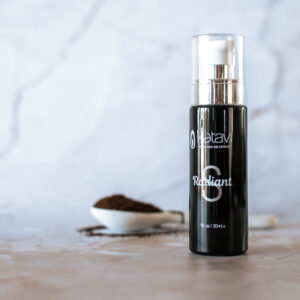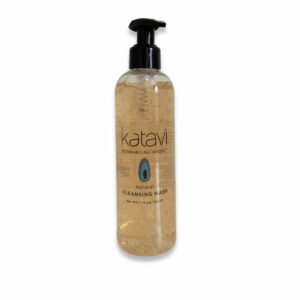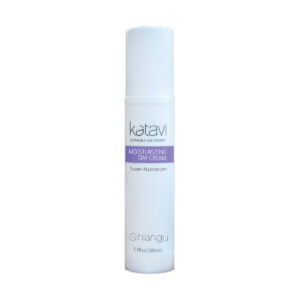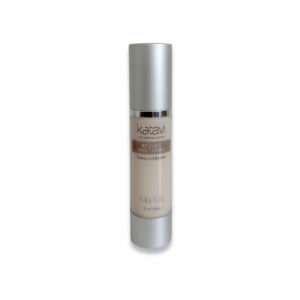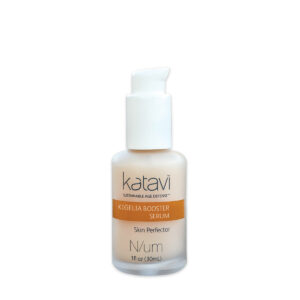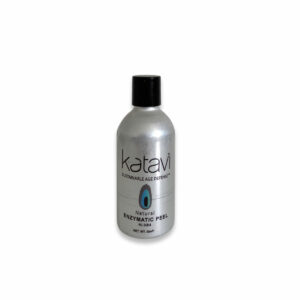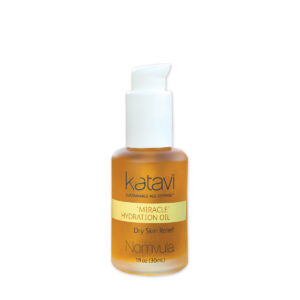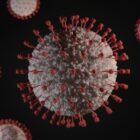What is TRT?
TRT stands for Testosterone Replacement Therapy. It is a medical treatment in which testosterone, a hormone that is naturally produced in the body, is administered to men who have low levels of testosterone. TRT can be given in several forms, including injections, patches, gels, and pellets. The goal of TRT is to restore testosterone levels to a healthy range and alleviate symptoms associated with low testosterone levels.
Who needs TRT?
TRT (testosterone replacement therapy) is primarily used for men who have low testosterone levels due to a medical condition or aging. It can help improve symptoms such as decreased sex drive, fatigue, muscle loss, and mood changes in men with low testosterone levels. However, TRT is not suitable for everyone and should be prescribed and monitored by a healthcare professional.
Symptoms TRT Can Help With
Here are the top 5 symptoms that testosterone replacement therapy (TRT) can help relieve:
- Low sex drive
- Fatigue and low energy levels
- Depression and irritability
- Loss of muscle mass and strength
- Erectile dysfunction
TRT for Better Sex Life
Testosterone replacement therapy (TRT) may help improve low sex drive (libido) in men with low testosterone levels. Testosterone is an essential hormone for male sexual function, and low levels can lead to a decreased sex drive, erectile dysfunction, and other sexual problems. TRT can help increase testosterone levels and improve sexual function, including sex drive and erections. However, it’s essential to note that TRT may not be effective for all men with low sex drive, and it’s crucial to consult with a healthcare provider before starting TRT.
TRT for Low Energy and Fatigue
Low energy and fatigue are common symptoms that can have a significant impact on an individual’s quality of life. Testosterone is known to play a role in energy levels and mood, and low levels of testosterone have been associated with fatigue and decreased energy.
Testosterone replacement therapy (TRT) has been shown to improve energy levels and reduce fatigue in men with low testosterone levels. Several studies have demonstrated that TRT can lead to an improvement in fatigue, energy, and vitality, particularly in men with hypogonadism (low testosterone production).
TRT can also help to improve sleep quality, which in turn can lead to increased energy levels and reduced fatigue. Studies have shown that TRT can improve sleep apnea in men with low testosterone levels, which can improve sleep quality and reduce daytime sleepiness and fatigue.
Overall, TRT can help improve energy levels and reduce fatigue in men with low testosterone levels, particularly those with hypogonadism. However, it is important to note that TRT should only be used under the supervision of a qualified healthcare provider, and the risks and benefits should be carefully weighed for each individual.
TRT for Depression and Irritability
There is some evidence to suggest that testosterone replacement therapy (TRT) may have a positive impact on mood and emotional well-being in men with low testosterone levels. Low testosterone has been associated with symptoms such as depression, irritability, and low energy, and TRT may help alleviate these symptoms by restoring testosterone to normal levels.
One study published in JAMA Psychiatry found that men with low testosterone levels who received TRT experienced significant improvement in depressive symptoms compared to those who received a placebo. Another study published in The Journal of Sexual Medicine found that men with low testosterone levels who received TRT reported improvements in mood, energy, and overall well-being.
However, it is important to note that not all studies have shown a clear benefit of TRT on mood and emotional well-being, and there are potential risks and side effects associated with TRT
TRT to Increase Muscle Mass
Testosterone plays a crucial role in muscle growth and maintenance. It enhances protein synthesis and promotes the development of lean muscle mass, making it an effective treatment for individuals with low testosterone levels. Testosterone therapy has been shown to improve muscle strength and size in both men and women with low testosterone levels.
Studies have demonstrated that testosterone replacement therapy can increase muscle mass and strength in older men with low testosterone levels. It can also help individuals with muscle-wasting conditions, such as HIV/AIDS, cancer, or chronic obstructive pulmonary disease (COPD).
Testosterone therapy can be administered in various forms, including injections, gels, patches, and pellets. However, it should be noted that testosterone therapy should be prescribed and monitored by a healthcare professional to avoid potential adverse effects, such as acne, fluid retention, and prostate enlargement. Additionally, individuals with normal testosterone levels should not use testosterone therapy for muscle growth, as it can lead to serious health complications.
TRT for Erectile Dysfunction (ED)
Testosterone may be used to treat erectile dysfunction (ED) if the underlying cause is low testosterone levels. Testosterone is a hormone that plays a critical role in male sexual function, including libido, erection quality, and orgasm. When testosterone levels are low, it can lead to decreased libido and ED.
Studies have shown that men with low testosterone levels are more likely to experience ED than men with normal testosterone levels. Testosterone therapy can increase sexual desire, improve erectile function, and enhance orgasm in men with low testosterone levels.
However, it’s important to note that testosterone therapy is not a guaranteed cure for ED and may not be effective for all cases. Other factors, such as psychological issues or vascular problems, may contribute to ED and require alternative treatments. Testosterone therapy should also only be prescribed by a qualified healthcare provider and monitored regularly to ensure safe and effective use.
TRT snippet
TRT, or testosterone replacement therapy, can help relieve symptoms of low testosterone such as low energy, decreased muscle mass, and low sex drive. It may also be effective in treating erectile dysfunction and depression. However, it should only be used under the guidance of a medical professional.
Related items..
-
AnteAGE® Overnight Brows Serum 3.5ml
$75.00 -
AnteAGE® Eye (15ml)
$105.00 -
PCA Skin Hyaluronic Acid Boosting Serum 3oz
$315.00 -
Katavi Radiant-S Facial Serum NEW
$55.00 -
Katavi Natural Cleansing Wash
$33.00 -
Katavi Moisturizing Day Cream
$43.00 -
Katavi Tula Tula – Intensive Night Care
$43.00 -
N/um – Kigelia Booster Serum
$46.00 -
Katavi Hluba – Enzymatic Peel
$30.00 -
Katavi Miracle Hydration Oil
$40.00
Get Your Learn On

BPC-157 as an Anti-Inflammatory Agent and for Neuron Health: Unlocking Its Potential
